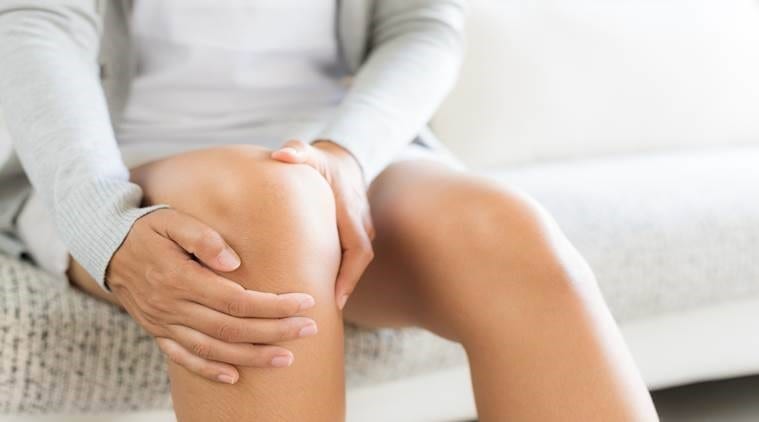Research shows that many men with low testosterone levels also have a higher risk of being diagnosed with cardiovascular disease. Coincidence? Not according to studies conducted at the University of Sheffield, U.K., linking low testosterone to an uptick in atherosclerosis, hypertension, heart failure, and heart attack. If you are at a higher risk of heart disease, ask your doctor to check your testosterone levels. Whether your risk of heart disease comes from low “T” levels, family history, or other root causes, there are simple steps men can take to improve their heart health. First let’s take a closer look at testosterone and how it can affect men’s health.
All About Testosterone
Testosterone production starts to decline around age 30. 1 A blood test can pinpoint your exact testosterone levels, and can tell you if your testosterone falls within normal range, or is above or below average. If your testosterone levels are too low, there are some things you can do to help, such as testosterone therapy. Testosterone is actually available as an injection, a patch, a gel, or a dissolvable tablet.
Conditions such as disorders of the testicles or problems with the pituitary gland may cause low testosterone levels in men. Lowered testosterone also occurs as a normal result of aging and doesn’t always mean that something is wrong with you. In years past, doctors frequently prescribed testosterone for men without medical conditions who had low testosterone as a result of normal aging. But these days, the FDA recommends that added testosterone therapy shouldn’t be used for low levels as a result of normal aging.
A recent study published in the journal “The Aging Male” found an association between low serum testosterone and heart problems.2 Additionally, a study from the Intermountain Medical Center Heart Institute in Utah showed that testosterone therapy helped elderly men with low testosterone levels and pre-existing poor coronary artery conditions by reducing their risk of major cardiovascular events. The study showed that patients who had participated in testosterone therapy fared much better in heart-related events than non-testosterone therapy patients. Their research team studied just under 800 male patients between the ages of 58 and 783
Ways to Prevent Heart Disease
Changing your eating habits is one area that can really help prevent heart disease. The diet that has proven the most effective is the Mediterranean diet, which means eating minimally processed, plant-based foods and including omega-3 fatty acids. This diet is so effective, that it’s been favorably compared to drug treatments in The American Journal of Medicine, for reducing high blood pressure and triglyceride levels.
It also helps to know your blood pressure. Having uncontrolled blood pressure can result in heart disease. High blood pressure has no symptoms, so it’s important to have your blood pressure checked regularly. Also talk to your healthcare provider about whether you should be tested for diabetes, since having diabetes raises your disk of heart disease.
Exercising regularly can also help to ward off heart disease. Physical activity can help you maintain a healthy weight and lower cholesterol and blood pressure. The Surgeon General recommends adults engage in moderate-intensity exercise for 2 hours and 30 minutes every week.
Don’t smoke! Smoking cigarettes greatly increases your risk for heart disease, so if you don’t smoke, don’t start. If you do smoke, quitting will lower your risk for heart disease. Your doctor can suggest ways to help you quit.
In addition to these heart smart tips, heart-smart supplements are key. Here are the top two supplements we recommend to give your arteries some extra protection.
Aged Garlic Extract (AGE): AGE may have the single biggest impact on heart health of any known dietary supplement. Research suggests that it supports healthy blood pressure and reduces oxidized LDL cholesterol levels, lowers homocysteine levels, and improves elasticity of blood vessel walls. A great supplement containing AGE that you can add to your daily routine is Kyolic Formula 100, which is designed to support and strengthen the cardiovascular system.
Coenzyme Q10: Coenzyme Q10 is a cofactor for producing energy to all the cells in the body. It also supports healthy circulation by inhibiting the formation of blood clots and acts as an antioxidant. Recent findings in the Journal of Nutritional Biochemistry show that CoQ10 protects arteries by preventing the oxidation of LDL cholesterol. We recommend Kyolic Formula 110, which contains Coenzyme Q10 and AGE, designed to promote healthy heart function and cellular energy.
Exercise is another factor that can help rein in high blood pressure and other cardiovascular risk factors. Aerobic exercise—like walking, jogging, rowing, swimming, or biking—not only helps lower your blood pressure, it also increases blood flow throughout the entire body. Aerobic exercise is so effective that German researchers found it reduces both systolic and diastolic blood pressure in people that are resistant to medical treatment for their hypertension.
Take note gentlemen: be heart-smart and take control of your cardiovascular health! Learning about these risk factors can ultimately lower your risk of heart disease.



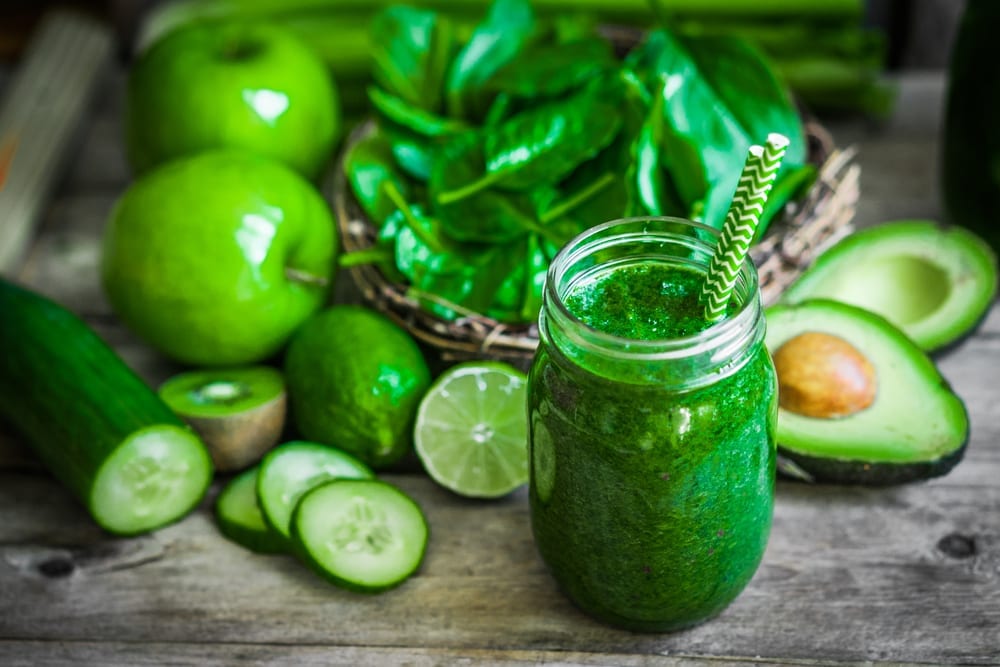
 You want to add more greens into your diet, but don’t want to grab a bag of spinach, and can’t stand the taste of kale…so what should you do? The good news, a powdered green drink mix may be just what you need. Nutritionists and health agencies everywhere have long proclaimed the benefits of eating your vegetables daily – especially green ones. Yet, it’s a goal that very few of us meet. Despite recommendations to eat two to three cups of vegetables daily, only 1 in 10 adults actually consume that amount, which is unfortunate, because, calorie for calorie, vegetables provide optimal sources of nutrients among any food.
You want to add more greens into your diet, but don’t want to grab a bag of spinach, and can’t stand the taste of kale…so what should you do? The good news, a powdered green drink mix may be just what you need. Nutritionists and health agencies everywhere have long proclaimed the benefits of eating your vegetables daily – especially green ones. Yet, it’s a goal that very few of us meet. Despite recommendations to eat two to three cups of vegetables daily, only 1 in 10 adults actually consume that amount, which is unfortunate, because, calorie for calorie, vegetables provide optimal sources of nutrients among any food.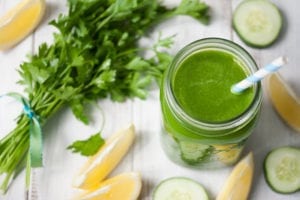 Greens are the health hotshots of the food world. They are low in calories and high in fiber, vitamins, and phytonutrients. Green vegetables are essential for a strong immune system, proper gut health, healthy detoxification, and more. Most importantly, greens help keep your body’s pH in balance, thanks to their alkalinizing properties. But greens go beyond what you’ll find at your local grocery store or farmer’s market. Think chlorella and kelp from the sea. Or barley and wheat grasses from the fields.
Greens are the health hotshots of the food world. They are low in calories and high in fiber, vitamins, and phytonutrients. Green vegetables are essential for a strong immune system, proper gut health, healthy detoxification, and more. Most importantly, greens help keep your body’s pH in balance, thanks to their alkalinizing properties. But greens go beyond what you’ll find at your local grocery store or farmer’s market. Think chlorella and kelp from the sea. Or barley and wheat grasses from the fields.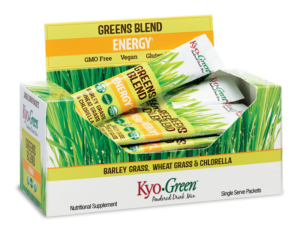 If you are seeking out a good super greens powder green drink mix, you might want to start at your local health food store. They may even have samples you can try. You can purchase a powdered greens drink mix online also. Just be sure to read the ingredient label. Watch out for mixes that have added sugar or artificial flavors or colors. You don’t want to trade health benefits for extra calories or fruity flavored drinks.
If you are seeking out a good super greens powder green drink mix, you might want to start at your local health food store. They may even have samples you can try. You can purchase a powdered greens drink mix online also. Just be sure to read the ingredient label. Watch out for mixes that have added sugar or artificial flavors or colors. You don’t want to trade health benefits for extra calories or fruity flavored drinks. 

 The first thing to know is that the FDA does monitor the manufacture of dietary supplements. They have established a set of rules and standards that a manufacturer must follow in order to qualify for GMP certification (Good Manufacturing Process). These extensive quality control standards include everything from raw materials to ingredient potency and accuracy to production to packaging and distribution. Annual audits are performed to ensure the standards are followed. The FDA has the power to recall products at any time. So, the first thing you want to know is the company that makes the supplements that you are using is cGMP compliant. Wakunaga of America was one of the first companies to receive certification as a GMP facility back in the 1980s.
The first thing to know is that the FDA does monitor the manufacture of dietary supplements. They have established a set of rules and standards that a manufacturer must follow in order to qualify for GMP certification (Good Manufacturing Process). These extensive quality control standards include everything from raw materials to ingredient potency and accuracy to production to packaging and distribution. Annual audits are performed to ensure the standards are followed. The FDA has the power to recall products at any time. So, the first thing you want to know is the company that makes the supplements that you are using is cGMP compliant. Wakunaga of America was one of the first companies to receive certification as a GMP facility back in the 1980s.  Are there any side effects?
Are there any side effects? 


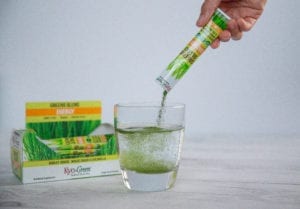 Barley grass contains vitamins A, C, E, beta-carotene, and B vitamins, and is also a rich source of potassium, calcium, iron, and magnesium. Barley grass is a natural detoxifier that protects the liver. It also supports healthy blood pressure, enhances immunity, improves digestion, has blood glucose supporting effects, and can even help to lessen fatigue.
Barley grass contains vitamins A, C, E, beta-carotene, and B vitamins, and is also a rich source of potassium, calcium, iron, and magnesium. Barley grass is a natural detoxifier that protects the liver. It also supports healthy blood pressure, enhances immunity, improves digestion, has blood glucose supporting effects, and can even help to lessen fatigue.  The
The 